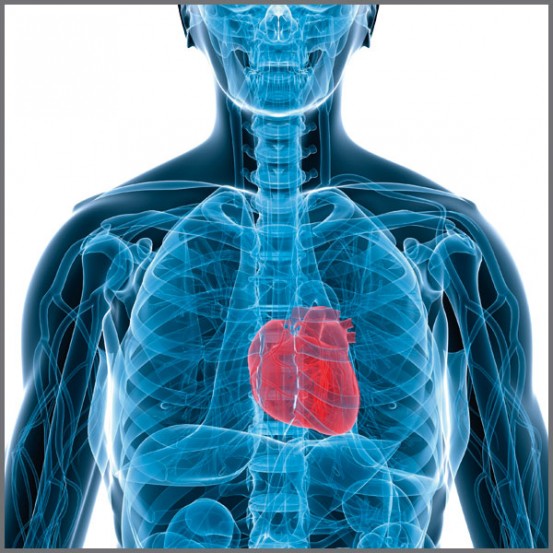 NEWS
NEWS
 NEWS
NEWS
 NEWS
NEWS
![]() Healthcare in the U.S. is undergoing a transformation. New legislation such as Affordable Health Care for America Act along with new policies coming from private insurers are mandating new approaches to preventable hospitalizations. Accountable care, where payment is tied to quality and not quantity of care, is the new paradigm. And healthcare providers are increasingly turning to predictive analytics to deliver this approach.
Healthcare in the U.S. is undergoing a transformation. New legislation such as Affordable Health Care for America Act along with new policies coming from private insurers are mandating new approaches to preventable hospitalizations. Accountable care, where payment is tied to quality and not quantity of care, is the new paradigm. And healthcare providers are increasingly turning to predictive analytics to deliver this approach.
In 2010 I wrote about the Heritage Provider Network and its $3 million contest for an algorithm that could help predict hospitalizations. The idea is that if hospitalizations can be predicted in advance, providers can save patients and hospitals money by preventing those hospitalizations.
And it’s not just Heritage working on this. Providers are really under the gun as starting in October the Centers for Medicare and Medicaid will no longer pay for preventable re-admission in certain categories. EMC, for instance, has a whole consulting practice dedicated healthcare, including working with predictive analytics. “The consulting that we’re doing is oriented around helping organizations determine what data they have and how to use it,” says Matt Grob, a solution partner at EMC Healthcare Consulting. “Health care has some of the most data available to treat patients, but it isn’t always being harnessed effectively.”
EMC’s healthcare program started in the early 00s when EMC decide to try to curb its own spending on employee healthcare. According Grob the company partnered with WebMD to create a cost avoidance program for employees. The company’s employees’ health care costs were $225 lower than the national average for the period of 2004-2010, according to Grob.
From there, EMC began to consult hospitals and healthcare providers on how to reduce healthcare costs for their own employees. After that, it began to branch out to helping these organizations help patients.
For example, EMC partnered with Microsoft to create a patient relationship management system for Denver Health. The software is very similar to a traditional customer relationship management system (CRM), but is optimized for healthcare. The system can send a text message to a diabetes patient asking them if they’re going to make their next appointment. If the patient texts back “no” a task is created for an employee to follow-up with the patient to reschedule the appointment.
The PRM system can also send text messages to patients asking them what their glucose level is. If the level goes outside a certain range, the system will trigger a message for the care to team to intervene. It can track many other different patient care activities as well, such as whether pregnant patients are taking their pre-natal vitamins.
But of course the big prize is not just in patient monitoring, but in collecting and leveraging data. EMC is working with hospitals to leverage its Greenplum data warehousing and analytics system to predict complications relating to congestive heart disease, for example.
One of EMC’s main consulting activities regarding big data and healthcare is just helping organizations determine what their needs are. According to Grob, some customers have a very clear idea of what their needs are, so EMC works with them to determine how best to collect and process data to meet those needs. Other customers have very little idea of what their needs are and EMC works with organizations like that as well.
EMC has a team of data scientists, mostly Phds from a variety of backgrounds, that work with customers to train an organization’s employees in data science. Grob emphasizes the importance of leaving the customer with its own capabilities to handle data. “Data science is a burgeoning capability across all our verticals,” he says.
The next wave of care is coming in the form of the post-PC device and the Internet of Things. EMC is already helping customers set up in-home scales that wirelessly transmit patients’ weight back to healthcare providers. Grob also tells me about a heart monitor the size of a bandaid that wirelessly transmits a number of metrics.
At NodeSummit we saw Safer Aging, a new company that inexpensive builds sensor networks in patients’ homes to monitor patients movements and activities and transmit . Grob has seen similar services come out of other companies. The big idea is to have these sensor collect data and then have the computers behind the scenes perform machine learning algorithms on the data to determine the normal conditions within a senior’s home – such as how long they typically sit in particular chairs, how long they spend in bed or how long they spend in the bathroom. This can help the system trigger alerts when things are abnormal, without the need for seniors to wear cumbersome devices or trigger alerts on their own.
THANK YOU